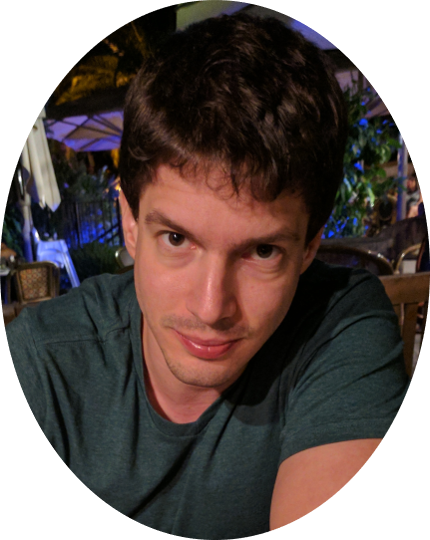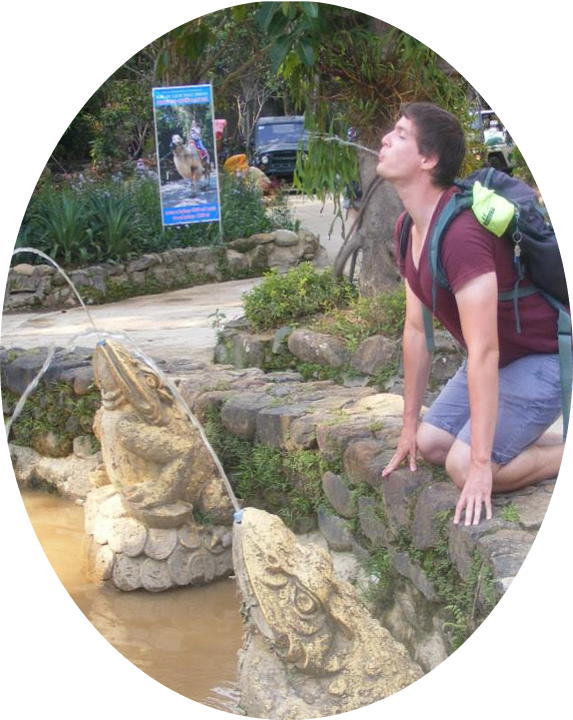Assaf Shocher
I am an Assistant Professor at the Technion in the Faculty of Data and Decision Sciences. Previously, I was a Research Scientist at NVIDIA, a Postdoc at UC Berkeley with Alyosha Efros, and a Visiting Scholar at Google DeepMind. I received my PhD from the Weizmann Institute of Science, advised by Michal Irani. I have two Bachelor degrees from Ben-Gurion University in Physics and Electrical-Engineering.
My research in Artificial Intelligence focuses on Deep Neural Networks for computer vision. My work is guided by two core principles: a pursuit of elegant, foundational ideas that offer fundamentally new perspectives, and a focus on dynamic and adaptive learning for real-world scenarios like unannotated data streams and distribution shifts. This approach often leads to an emphasis on unsupervised, self-supervised, and generative models, such as the Deep Internal Learning framework I co-developed, which leverages the rich internal statistics of a single image.
My prizes and honors include the Chaya career advancement chair, Rothschild postdoctoral fellowship, the Fulbright postdoctoral fellowship, John F. Kennedy award for outstanding Ph.D. at the Weizmann Institute, and the Blavatnik award for CS Ph.D. graduates.

